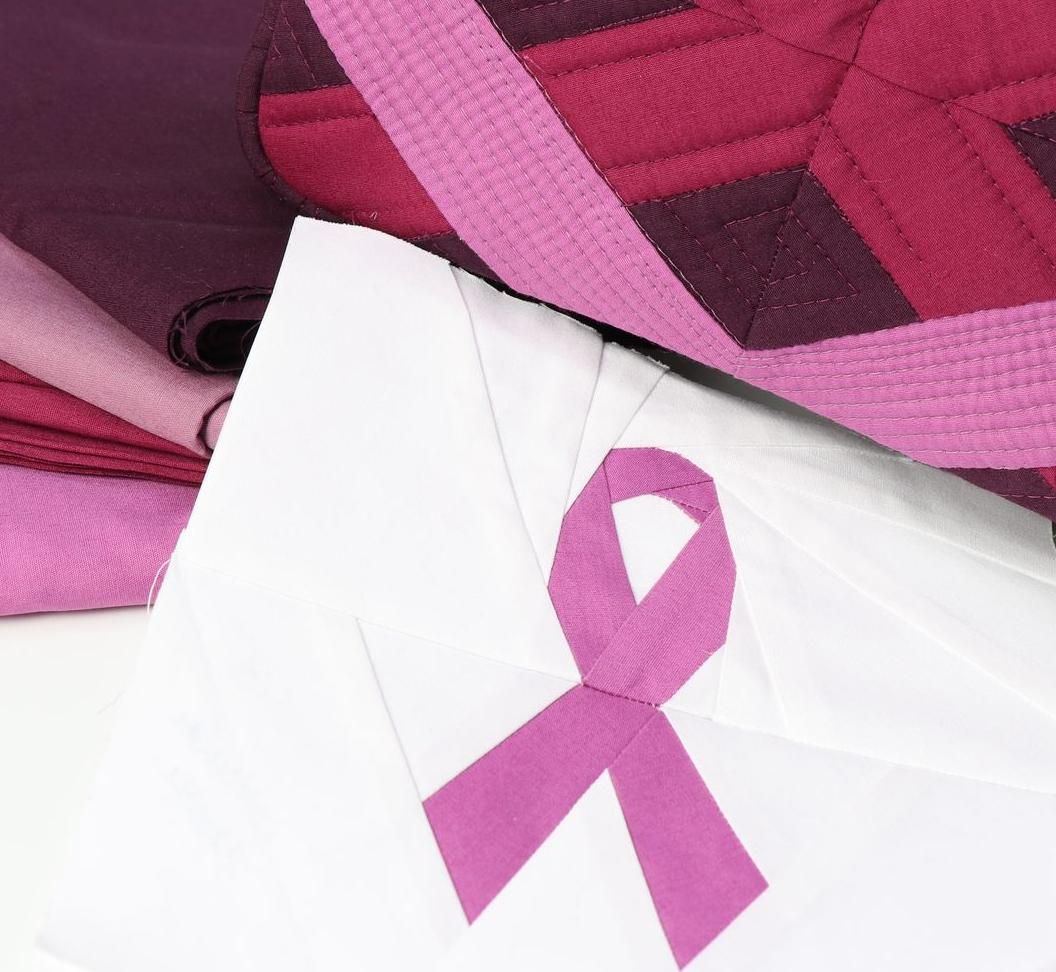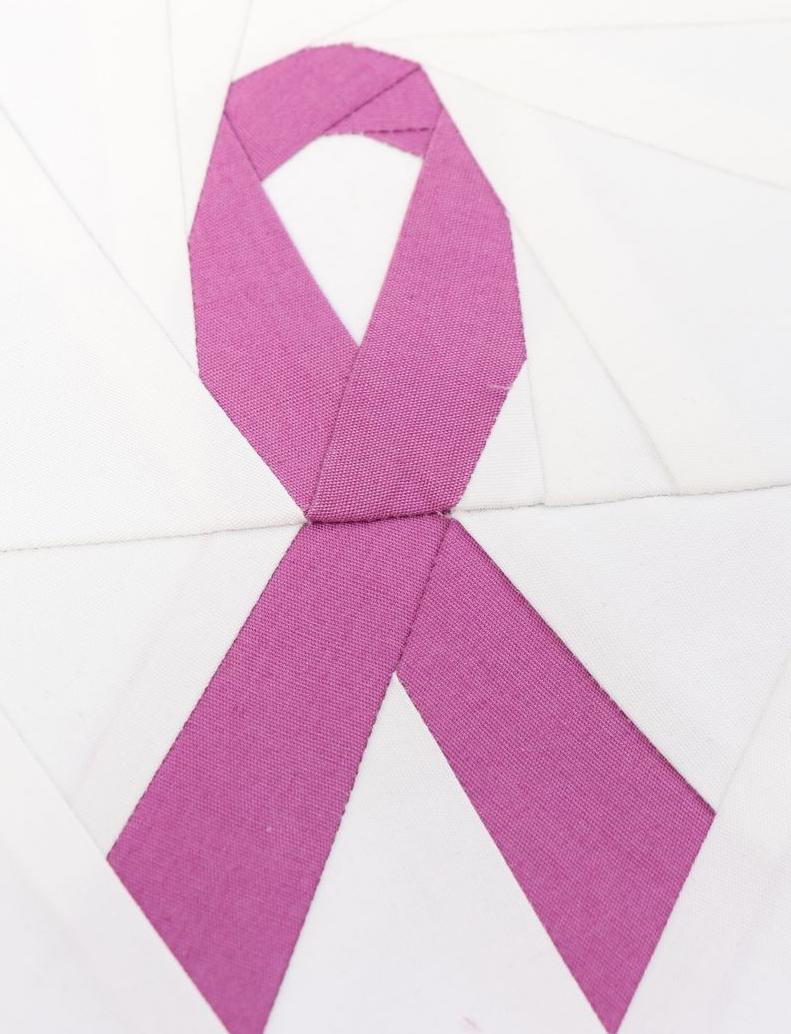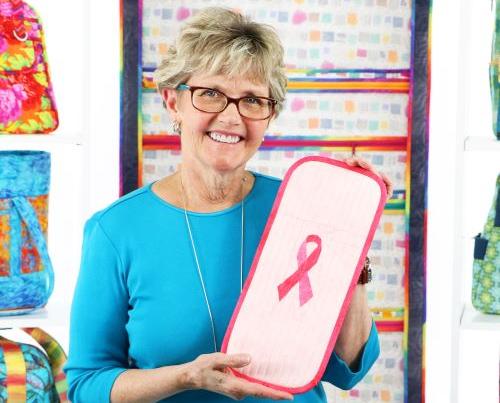Testicular cancer, while rare, can affect men, especially between ages 20-39. Understanding symptoms and performing self-exams can help with early detection. If you notice any changes, consult a healthcare provider for effective treatment.
Are you a sewist looking for ways to spread cancer awareness? Check out our FREE Cancer Awareness Course full of patterns and videos to inspire your next project.
What Is Testicular Cancer?
Testicular cancer is a rare but serious condition that affects the testicles, which are the male sex glands responsible for producing sperm and testosterone.
Located inside the scrotum, the testicles play a vital role in male reproductive health.
The main functions of the testicles are the production of sperm and testosterone.

Testicular cancer most commonly originates in the cells that produce sperm. The two primary types of testicular germ cell tumors are seminomas and nonseminomas.
Seminomas grow slower and respond better to radiation therapy, while nonseminomas are more aggressive and often require chemotherapy.

Although it may sound frightening, testicular cancer is highly treatable.
In fact, most testicular cancers can be cured even if diagnosed at an advanced stage.
Early detection and prompt treatment increase the chances of a successful recovery.
“Testicular cancer is very rare, but it is the most common cancer found in men between the ages of 20 to 39 years, with the highest rates in the age group of 25 to 34 years.” (cancer.gov)
Interesting Facts About Testicular Cancer:
- Rare but Increasing: Though rare, the incidence of testicular cancer has been on the rise in recent decades, particularly in Western countries. Researchers are still exploring the reasons behind this trend.
- Can Affect One Testicle: The majority of testicular cancer cases involve only one testicle, and many men are able to retain their fertility after treatment, depending on the type and stage of cancer.

- According to American Cancer Society, “Testicular cancer or its treatment can make you infertile (unable to father a child). Before treatment starts, men who might want to father children may consider storing sperm in a sperm bank for later use.”

Testicular cancer is the most common cancer in young men, particularly those aged 15-35
Month:
April
Color:
Orchid
Survival Rate:
Testicular cancer has one of the highest survival rates among all cancers. With early detection and treatment, the survival rate is over 95%.
Risk Factors for Testicular Cancer
While the exact cause of testicular cancer remains unclear, certain factors can increase the risk of developing this type of cancer. These include:
- Cryptorchidism: An undescended testicle, where one or both testicles fail to descend into the scrotum before birth.
- Abnormal Testicle Function: Having a testicle that does not work properly or is smaller than normal.
- Testicular Carcinoma in Situ: A condition where abnormal cells are found in the testicles but have not yet become cancerous.
- Race: White men are at a higher risk than men of other races.
- Family History: A personal or family history of testicular cancer increases the likelihood of developing it.
- Klinefelter Syndrome: A genetic condition in which men have an extra X chromosome, which may increase the risk of testicular cancer.
Detecting Testicular Cancer
There is no routine screening for testicular cancer, but most cases are found by men through self-exams or by chance. Sometimes, a doctor may detect it during a physical exam. Early detection can make treatment less invasive, requiring less chemotherapy and surgery.
The Role of Self-Exams and Routine Check-ups
While regular screenings are not recommended, self-exams can help detect abnormalities early.
Men should check for lumps, swelling, or size/shape changes. If a lump is found, consult a doctor right away.
Early detection can improve treatment outcomes, though routine exams in symptom-free men may not reduce the risk of death from the disease.

Many US insurance companies cover testicular cancer treatment. Unfortunately, according to the National Library of Medicine, “people aged 26–34 represent the greatest proportion of uninsured, and have the highest incidence of testicular cancers.”
How to Support
There are countless ways to help support testicular cancer patients. The easiest way is to keep the conversation going. Spread awareness by wearing orchid ribbons this month, post on social media, and tell others how they can support this cause. Consider making your next sewing project with orchid.
If you have the means, donate to trusted organizations that focus on medical research and patient care like the American Cancer Society. (Donate here to have ByAnnie match your donation.) If someone you know is being affected by one of these cancers, consider helping out with daily tasks like meals, childcare, groceries, or rides to appointments.
While cancer is scary, if we stand together as a community to support those fighting battles against cancer, whether it be as a patient, caregiver, or medical professional, we can make the battle a little easier for everyone.
Want to make a project to support testicular cancer awareness? Use the chart below to find solids from your favorite fabric companies.
Find solids for the whole year here.
Disclaimer
Any and all content produced and displayed by ByAnnie.com is for educational and informative purposes only; it should not and does not replace a diagnosis by a medical professional. Statements made by ByAnnie.com are not medical advice. If any questions arise, contact your doctor or other qualified professional. Unless stated otherwise, the opinions and statements made are not by medical professionals. Reliance and usage of ANY information from ByAnnie.com is done solely at your own risk. None of the staff members of ByAnnie are, or claim to be, medical professionals. We urge you to consult with a medical professional to answer any questions or concerns that you may have. Stay healthy, stay safe, and happy stitching!
Resources
National Cancer Institute's Testicular Cancer Page: https://www.cancer.gov/types/testicular/patient/testicular-screening-pdq
Cancer Research UK's Testicular Cancer Page: https://www.cancerresearchuk.org/about-cancer/testicular-cancer
Cancer Australia's Testicular Cancer Page: https://www.canceraustralia.gov.au/cancer-types/testicular-cancer/testicular-cancer-australia-statistics





#SewPINK: Testicular Cancer